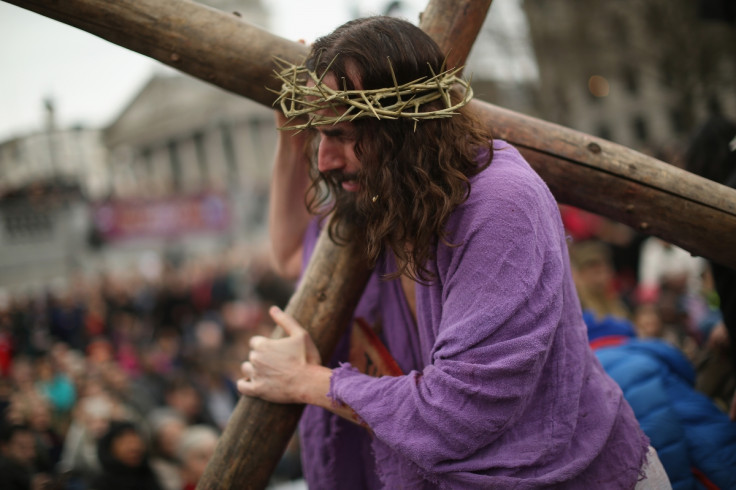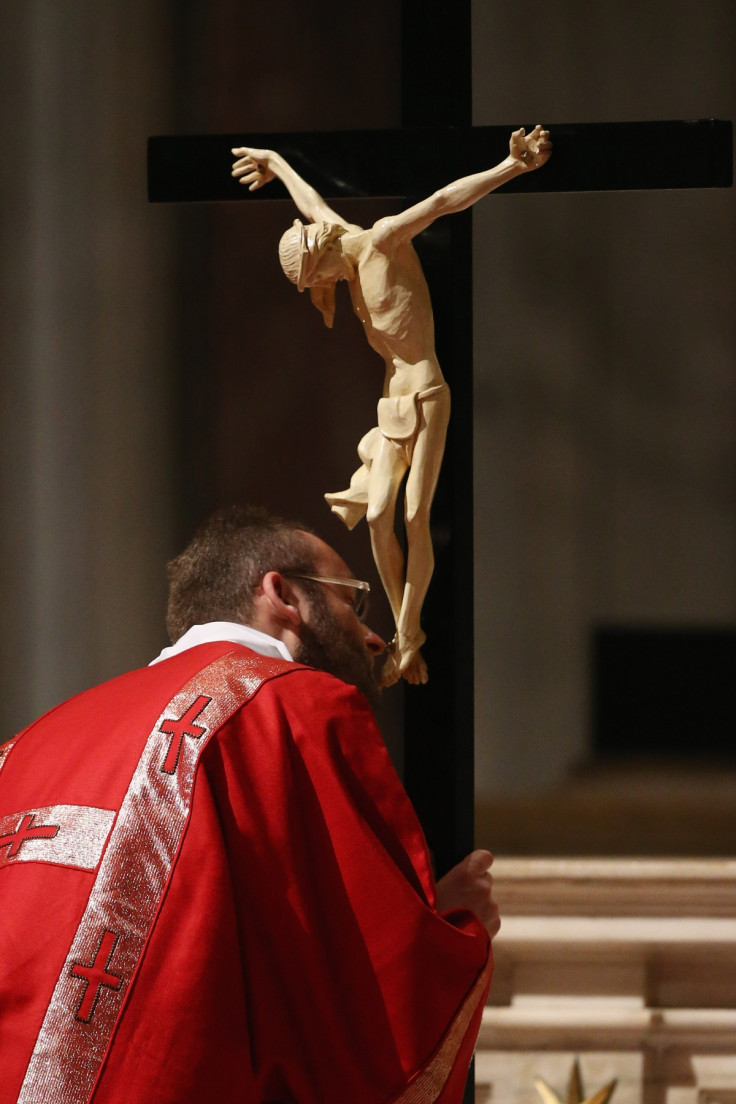Good Friday 2016: The history of the Passion of the Christ

Holy Week is being observed by Christians around the world from 20 to 26 March this year, which commemorates with Jesus Christ's entry into Jerusalem on Palm Sunday. This was followed by his Last Supper along with his Apostles on Maundy Thursday and then, he was crucified on what the Church refers to as Good Friday.
This is one of the most solemn periods in the Christian calendar as the community mourns the death of the Son of God, who rose from the dead on Easter Sunday.
Christians consider Good Friday to be one of the most solemn holy days of the year, and many devotees spend the day reflecting on the passion of Christ, and the idea that he gave his life for mankind.
Mentioned below is the significance of the occasion as mentioned in the Holy Bible:
The cross: A symbol of love
While the crucifix symbolises the pain and suffering that Jesus was put through, it is also one of the strongest Christian symbols of redemptive love. Considering he was the Son of God, and could have sidestepped the abuse, humiliation and physical pain he encountered before he died, he chose instead to bear all of it and make sacrifice himself to save the world from sin.
The Passion of the Christ
Good Friday commemorates the saddest moments during the time Jesus spent on Earth. According to the Bible, it was on this day that he was arrested after being tipped off by Judas Iscariot, one of Christ's own Apostles. He was interrogated by Caiaphas the high priest and later taken to Pontius Pilate to receive appropriate punishment for the crimes of blasphemy, subverting the nation, opposing taxes to Caesar and calling himself a king.
Pilate could not find just cause to deal a death sentence, and sent Jesus to be judged by King Herod, the ruler of Galilee, who also found him not guilty and sent him back. Pilate offered to have Jesus whipped but the high priests wanted him killed and pressured the governor to let them mete out the death sentence themselves if he did not want to.
A badly whipped and tortured Christ was then taken along the streets bearing the cross that he would later be nailed to. He was made to wear a "crown of thorns" fashioned by the guards, to poke fun of him for calling himself a king.
Weak from the torture and the weight of the wooden cross, Jesus struggled along the way to a mount called "the place of the skull" (Golgotha in Hebrew and Calvary in Latin). Later the Roman guards forced an onlooker Simon of Cyrene to help carry the cross the rest of the way to the mount.
According to the scriptures, Jesus was then nailed to the cross by his wrists and feet and left to suffer for six hours alongside two other criminals who were being crucified that day as well. During the last three hours, darkness fell across the land, after which Jesus died. A soldier who was sent to check whether he was truly dead did so by stabbing his lance into his side.
Jesus' body was later taken down, cleaned and placed in a tomb which was sealed shut with a large rock.
Good Friday traditions
Considered a day of mourning, the day is spent fasting and praying. Churches are often left unlit and the alters are left completely bare. Figures of Jesus are also covered with cloth, to be removed only on Easter, to indicate his absence.

During the service, members of the congregation are invited to kiss a cross. As with all Fridays in Lent, the Stations of the Cross are conducted on Good Friday as well and a special series of prayers are offered at 3pm, the time the Bible says Jesus took his last breath.
© Copyright IBTimes 2025. All rights reserved.






















